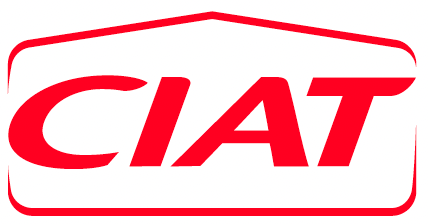CPD Programme
Members of CIBSE and other professional bodies are required to maintain their professional competence throughout their careers.
The CPD Programme is free and can be used by any reader. Simply study the module and complete the questionnaire online. You will receive your results by return email.

Sponsored by

Module 244: Commissioning air distribution systems for the 21st century
This module explores aspects of CIBSE Commissioning Code A: Air Distribution Systems and its relationship to the latest…

Sponsored by

Module 243: A global methodology for estimating embodied carbon in building services
This module explores the scope of TM65, and the regional and sector-specific addenda published to support its global adoption

Sponsored by

Module 241: Accelerating modern methods of design and manufacture in buildings
This module explores elements underpinning the concept of design for manufacture and assembly (DfMA) of buildings

Sponsored by

Module 242: Foundations for transitioning from boilers to air source heat pumps
This module considers some of the early preparations required for a successful transition to air source heat pumps

Sponsored by

Module 239: Decarbonising heat: developing effective clean heat standards
This module considers a recently published international handbook promoting clean heat standards across the globe

Sponsored by

Module 240: Perception of safety in artificially lit urban settings
This module explores research on the effects of urban lighting, with a particular focus on how humans perceive…

Sponsored by

Module 238: Measuring and controlling IAQ in indoor environments
This module considers the main contaminants impacting on indoor air quality (IAQ), their measurement in building systems and…
